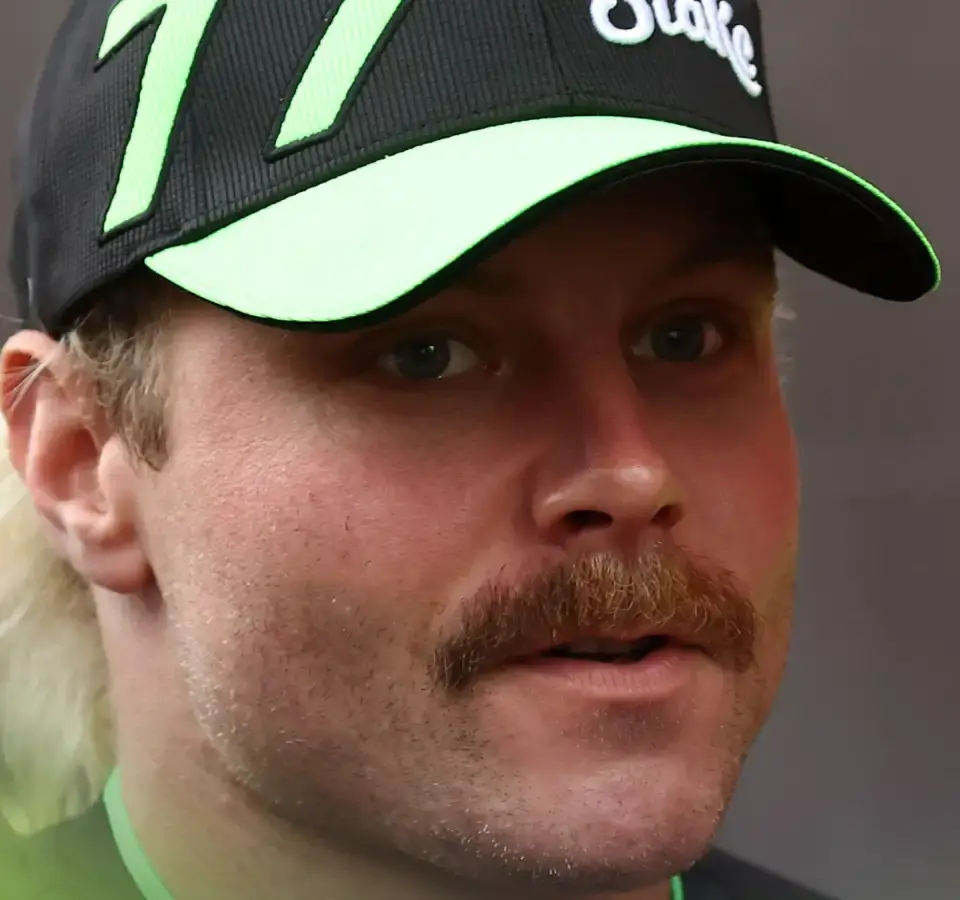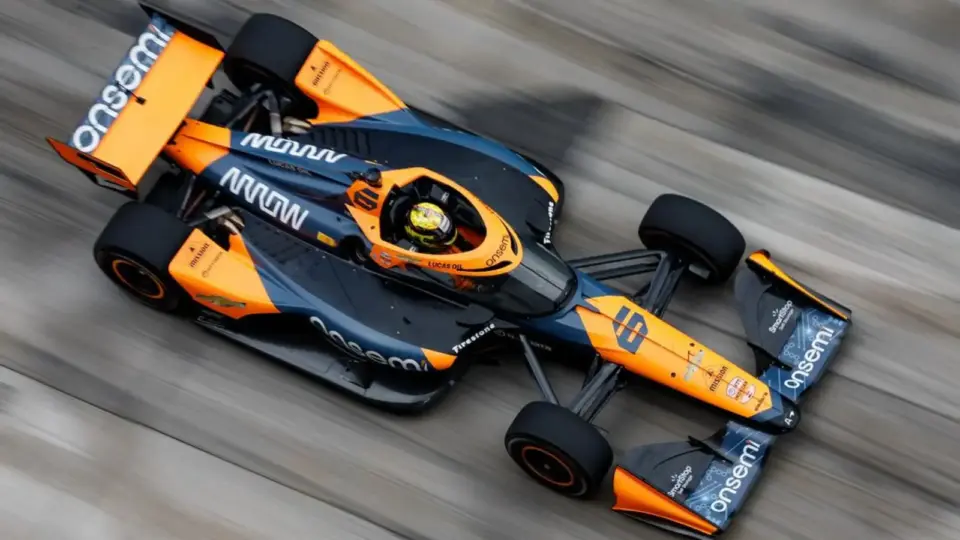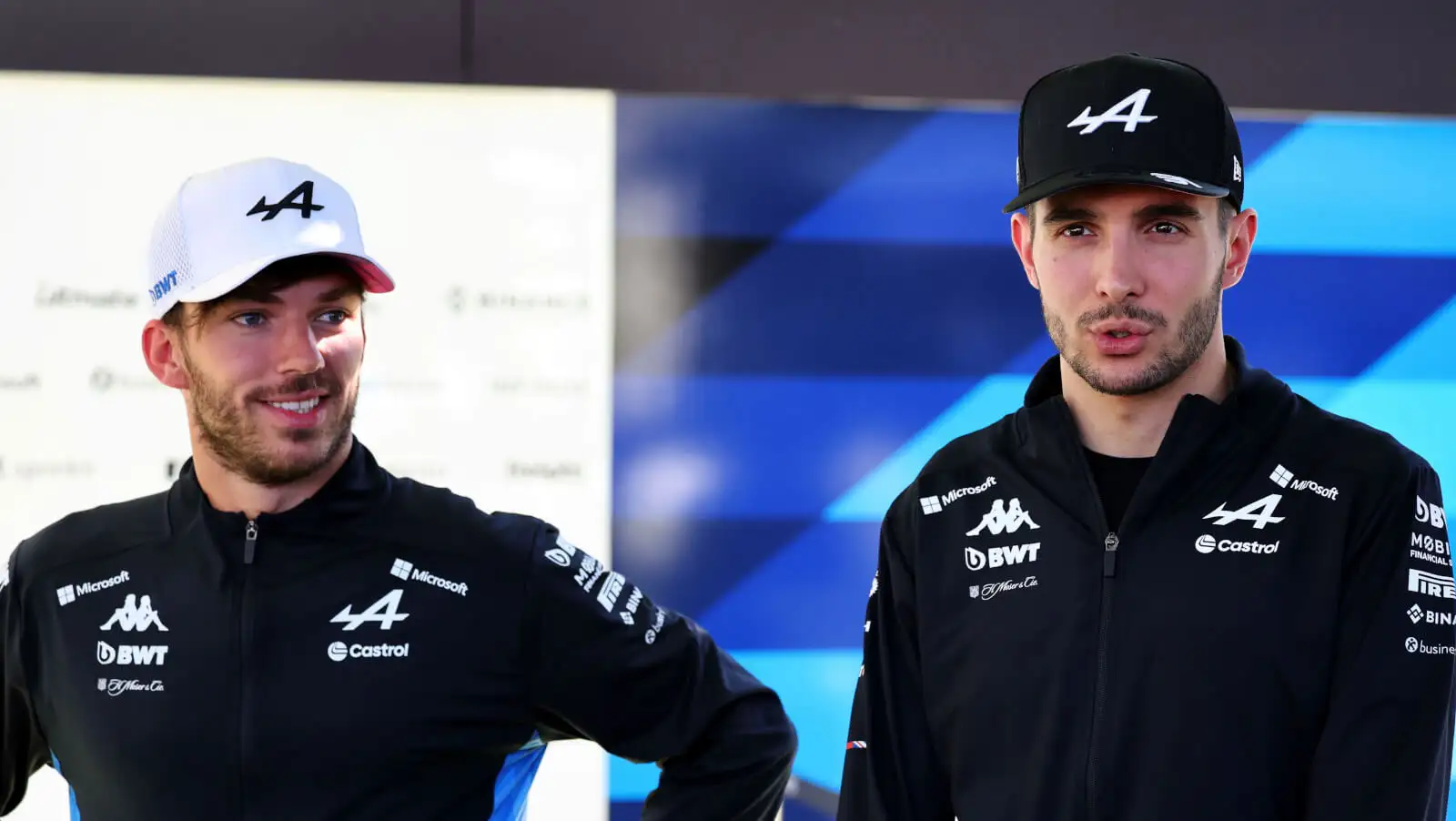On the eve of the Canadian Grand Prix, the FIA unveiled the highly-anticipated F1 2026 regulations, which promise significant changes in the sport. Sauber’s Valtteri Bottas shared his thoughts on the new rules, highlighting a mix of optimism and concern.
The upcoming changes will introduce lighter, shorter, and narrower cars, with a reduction of 30 kilograms in weight. These new designs will incorporate active aerodynamics and a ‘Manual Override Mode’ that will replace DRS as the primary overtaking aid. Additionally, there will be new power units that balance electrical power and internal combustion engines running on fully sustainable fuels.
Bottas sees the potential benefits of these changes but has reservations about the overall performance and downforce levels. ‘A new era of regulations is always exciting and brings opportunities to different teams. It’s nice to see a change,’ he stated. ‘I do like that the cars are slightly smaller. Obviously, it’s a small step. But I think it’s in the right direction. Same thing with the weight. It’s a good one.’
While he hasn’t had the chance to test the new power unit settings in the simulator, Bottas remains hopeful about the improvements in total power and energy usage. However, his main concern lies in the reduced grip levels. ‘I still haven’t in the simulator tried the new power unit settings, so I can’t really give much on that,’ he admitted. ‘But if it’s more total power and a bit more freedom on the energy usage in terms of the race tactics, I think that’s positive. So for now, I don’t see any red flags. I would say that the only worry I have is overall performance and the downforce level. I’ve heard some rumours that it is quite a lot less grip overall, which I don’t know how much it’s going to be and I think that’s what we’re going to figure out.’
Jan Monchaux, FIA’s single-seater technical director, confirmed Bottas’s concerns about reduced downforce. He explained that the aim is to create a nimble car with less drag, thereby ensuring a closer field and more overtaking opportunities. ‘The decision was made a year or so ago to go for what is called a nimble car, so a slightly smaller car, less downforce but with a big focus on less drag,’ Monchaux stated. He further elaborated on the new DRS approach, which will involve opening the rear wing by default on straights to lower drag levels and enhance energy recovery and top speed.
Monchaux also outlined plans to tackle overtaking challenges. The goal is to reduce the dirty air generated by leading cars, allowing trailing cars to stay closer through corners and recover better on straights. The new rules will give the car behind an extra energy boost for one lap, facilitating overtakes. ‘Overtaking remains an important parameter for F1 and for the future new regulations. It’s going to be tackled in two manners,’ Monchaux said.
Despite these planned changes, Bottas believes that the current competitiveness of the grid is already strong. ‘I think the field is very close. I think the races are interesting, so I don’t think that’s an issue,’ he mentioned. However, he asserts that making certain tracks more conducive to overtaking is still a challenge that needs addressing. ‘I think some tracks overtaking is so difficult, but that’s something that needs to be high focus still, but at least from what I’ve seen, there should be a bit more action.’
The F1 2026 regulations bring a mix of excitement and apprehension for drivers and teams alike. While Bottas and the FIA are optimistic about the potential benefits, concerns about performance and downforce will need to be addressed as the sport transitions to this new era.
Source: Planetf1










